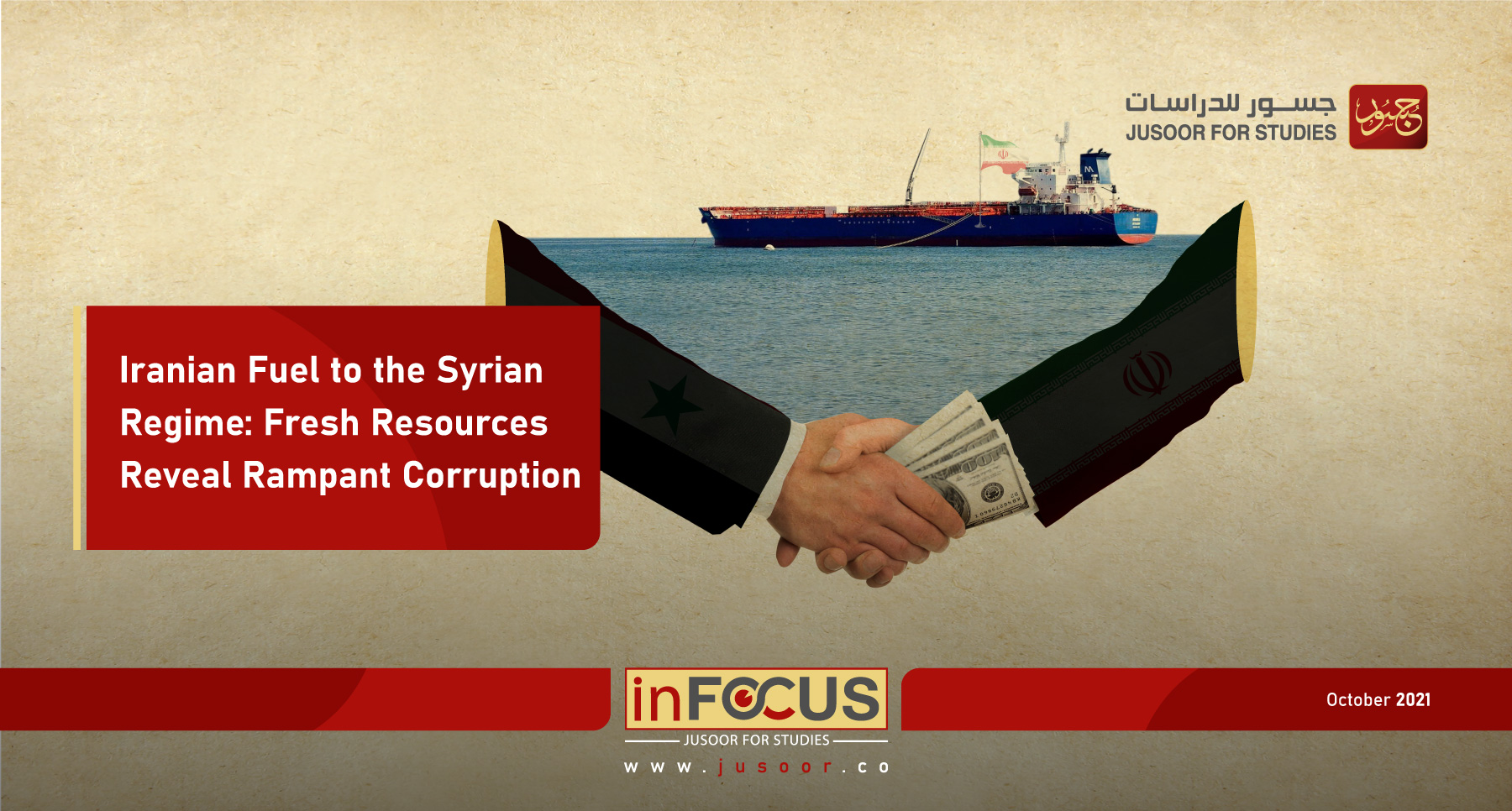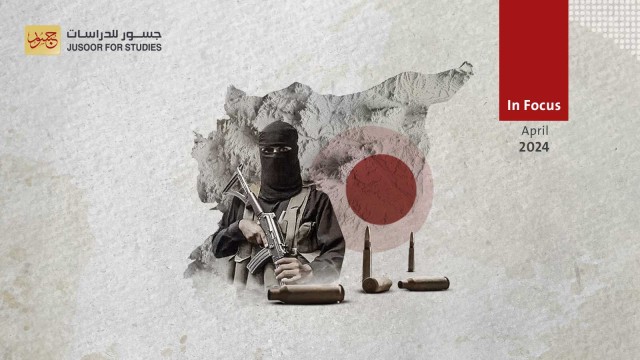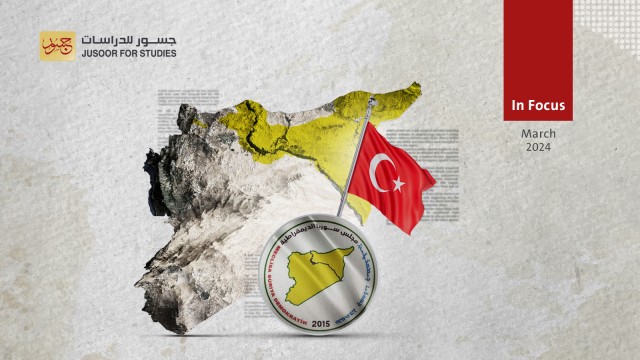Iranian Fuel to the Syrian Regime: Fresh Resources Reveal Rampant Corruption
In Focus | Iranian Fuel to the Syrian Regime: Fresh Resources Reveal Rampant Corruption
On October 8, 2021, the 11th delivery of the Hezbollah-run Iranian fuel arrived, coming through the regime-held Syrian ports, the first of which was announced by the Secretary-General of the Lebanese Hezbollah, in mid-September 2021. The deliveries containing the Iranian oil destined for Lebanon docked in Syria’s Baniyas port from Iranian oil tankers that were discharged into Syrian tanks and taken overland to be divided between Hezbollah and the Syrian regime; The traditional customer of Iranian oil.
As a matter of fact, the Iranian oil ships that arrived in the Syrian ports were not the first and definitely would not be the last. However, quantities of oil are also added to such deliveries, coming from northeastern Syria through the Syrian regime's mediators, those buy oil from the Kurdish Autonomous Administration. Moreover, the Syrian regime has small oil fields that bring in quantities close to 30 thousand barrels per day, while the needs of the regime’s regions only are about sixty thousand barrels per day.
Actually, the north region of Syria manages to meet its oil needs from various sources, most notably, through buying fuel from Turkey. In factو this means that the resulting gap in the regime's areas might be sometimes bridged- or most of it at other times - through Iranian oil deliveries and others coming from SDF-controlled areas.
On the other hand, we find that 80% of the Syrian gas fields are located in the Syrian regime-held areas, foremost among these is the Shaer field, which has a daily production capacity of about 3 million cubic meters, and the field has still been under the Syrian regime control during the past years.
In addition, fields north of Damascus are added, as they produce more than one and a half million cubic meters per day, beside other fields distributed in the Syrian Badia within the regime-controlled areas, their daily productivity reaches more than one million cubic meters, which means that the daily minimum production of the Syrian regime approaches 7 million cubic meters of gas per day. This makes the gap very small, especially with the decline in the size of operating facilities, the number of residents in regime-held areas, and the rationing being implemented in Syria.
With the onset of winter, Syrians in the regime-held regions are exposed to a stifling crisis in the area of obtaining heating fuel, as the annual family allowances are equivalent to what one person needs in a week.
Not only that but families also lack fuel for cooking, where just one gas cylinder reaches them every two months and a half at best. All the above problems are added to a big one representing in the prolonged periods of power cuts, as the number of supply hours reaches 4/24 in most areas, and transportation is almost paralyzed due to the lack of fuel.
Undoubtedly, reviewing the aforementioned crises makes us wonder where all the quantities of oil and gas being produced by the regime go, and why such quantities, along with the additional ones received by the regime, do not contribute to solving any problem or making any improvement in the situation.
Consistently, the regime claims that the sanctions were imposed on it are restricting its resources, but the real figures show that it has internal resources -if added to the resources provided by its own allies- could completely cover the largest proportion of the regime-held area’s needs, which indicates that there is an organized state of corruption that regularly prevents these quantities from reaching the markets, as limited quantities are distributed in the markets according to the subsidized prices (by the means the smart card).
Also, remaining quantities of oil are pumped through the black market, which are sold in more expensive prices about 4-5 times compared to the official ones, and the revenues are definitely transferred directly to corruption networks without entering the state budget in the first place.
Unit of Analysis and Thinking - Jusoor for Studies








